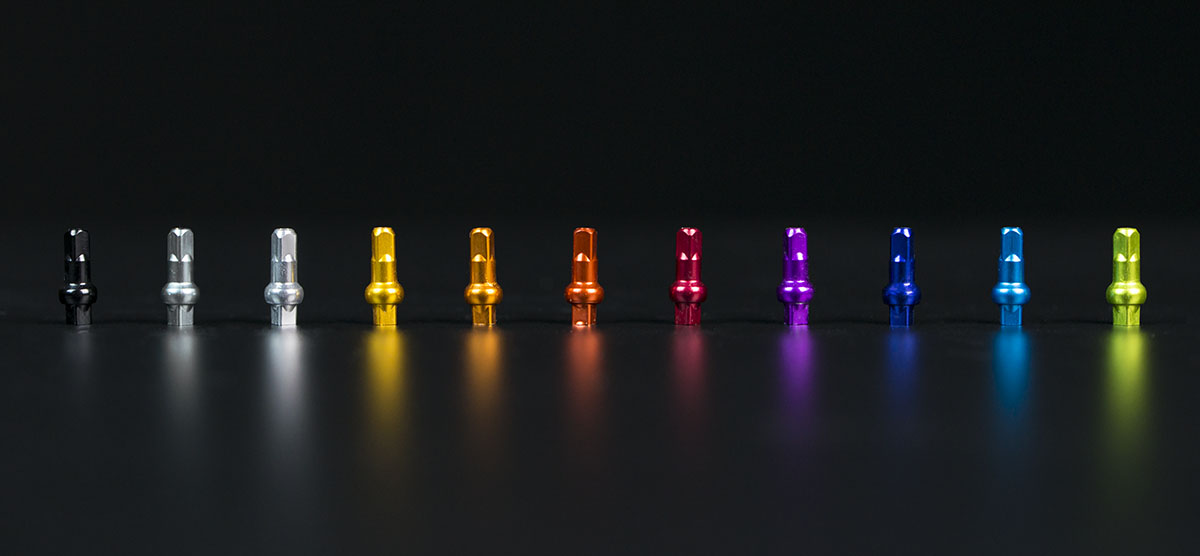No products
Product successfully added to your shopping cart
There are 0 items in your cart. There is 1 item in your cart.
Télécharger votre configuration en PDF
ASSEMBLING
Wheel durability and performance is highly dependent of rigor and care applied to the assembling procedure.
Our experience in this process is the result of thousands wheels hand built with tension meter and our motivation to improve the process constantly, to take a new look at ourselves.
Every single wheel leaving the RAR workshop meets these very demanding specifications.

SPOKES
Since the very first days of RAR, we work with the most experienced and technical spokes made by DT Swiss.
The DT Aerolite 2.0/2.3-0.9/2.0 is the most efficient in their range: we use it for all our stock wheels. It is made in Switzerland from high ductility stainless steel that is cold hardened to make it aerodynamic with a very thin and bladed shape. This shape actually descends from the DT Swiss Revolution double butted 2.0/1.5/2.0 spoke. Its best asset is the lightness and the lateral flexibility making it extremely endurant.
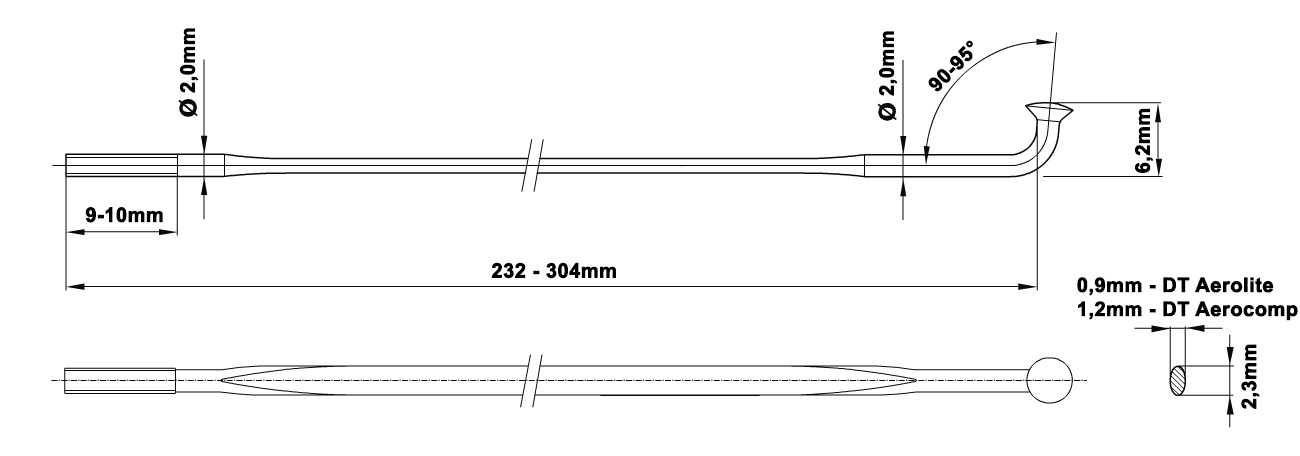
We also use the DT Aerocomp spoke 2.0/2.3-1.2/2.0 because it is very complementary to the DT Aerolite.
Descending from the DT Competition with an extra cold forging, giving its aero shape, it is a stiffer spoke than the DT Aerolite weighting in an extra 1.6g per spoke. It is built on some mountain bike RAR wheels (TEMPO XC/AM and EVEN XC/AM) and some ABSOLUTE custom made wheels.

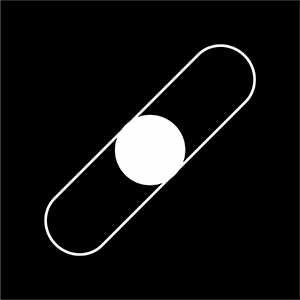
TORQUE TRANSFER and SPOKE TANGENT
The bicycle wheel has to deal with torque transfer, either from pedaling, either from braking. These transfers imply energy leaving the hub to the rim through thin and easy to bend spoke.
The best solution to optimize the wheel durability is to take profit from their strength: the tensile resistance. We lace the wheels in a way that they merely work in gain or loss of tension. Their endurance will be maximal in this configuration.
Basically, the spoke does not leave the hub in the shortest way (radial = spoke bending), but with an angle as close as possible to the tangent (90°) from the hub.
The spoke pattern and cross number correspond to the number of times a spoke will cross another one from the hub to the rim. Depending on spoke count, some cross number are impossible.
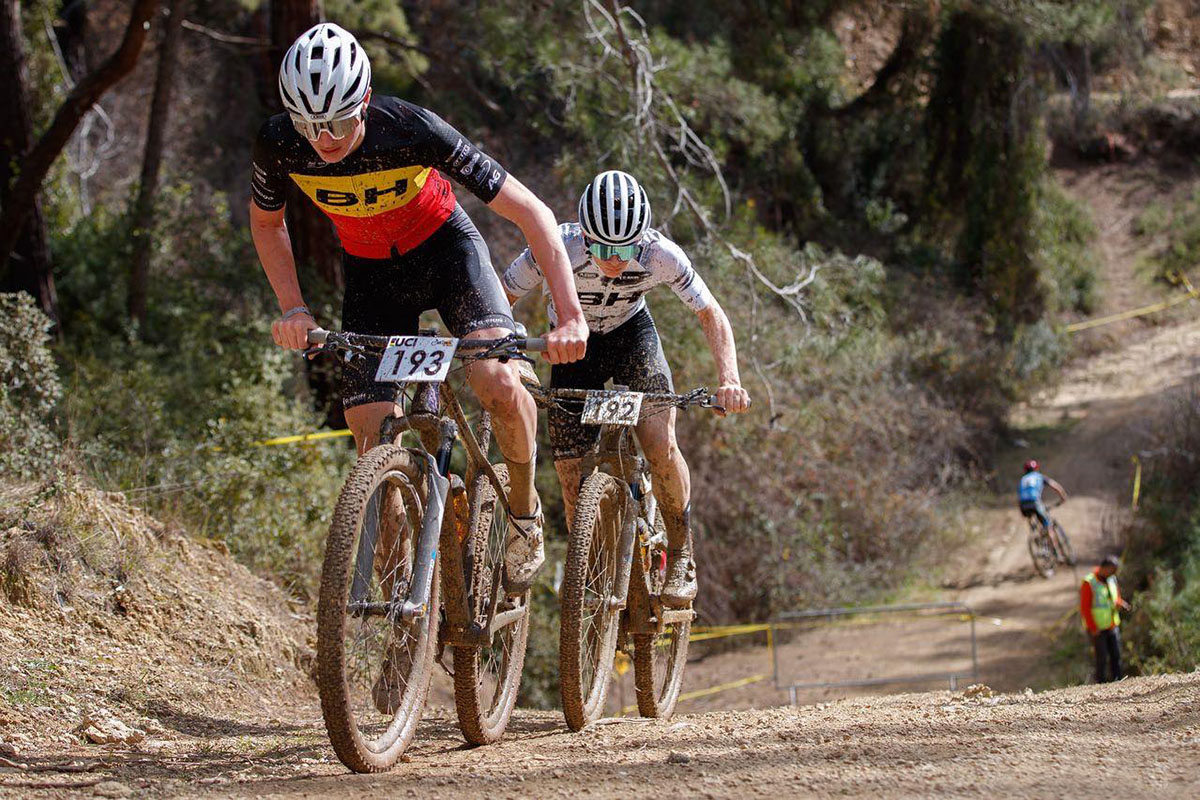
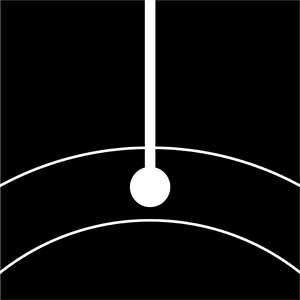
This pattern can be used for some configurations even when there is a torque transfer from hub to rim on condition that at least one side of the wheel is laced with a crossed pattern, preferably the side where the torque is generated. For instance, a mountain bike wheel can have its spokes crossed on the disc side, but being radially laced on the opposite side as long as the hub is especially designed for this.
The fatigue stress on the hub is high because the spoke takes the direction where there is the least material on the hub flange. The tensions must be adapted, very controlled and of course, again, the hub must be designed for this.
The radial is used for all our front road wheels and some custom rear wheels with a special design.
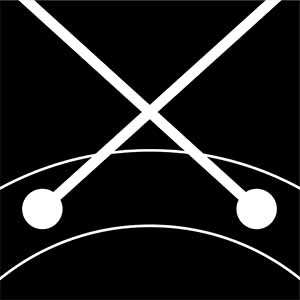
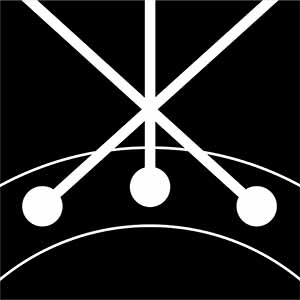
The spokes leave the hub with a tangential angle making the wheel extremely stiff in the torsion sense and producing the best flange resistance.
The 2x spokes cross is used for all our 20 and 24 spokes rear wheels: it is the best compromise in lateral stiffness and torsional stiffness. The custom ABSOLUTE wheels are 3X crossed from 28 spokes.
Concerning the MTB range, the spoke cross pattern is different from a side to the other: depending on the amount of torque to transmit, we either cross 2 times, either 3 times.
On the disc side, the torque is high so we cross 3 times. On the opposite side we cross 2 times only to shorten the spokes and enhance the lateral stiffness without compromising the torque transmission.
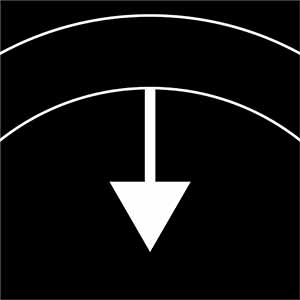
The mechanical spoke tension maintain the rim to the hub through the spokes.
These forces must be accurately set to keep the wheel as a strong structure even in case of impact.
An insufficient tension would weaken the wheel. A too high spoke tension would add extra stress to the rim and hub. It is important to keep the spoke tension within accurate and balanced values corresponding to the wheels components.

This perfect hand made patch locks the spokes 2 by 2. It improves the torsional wheel resistance and the wheel is snappier.
It also prevents the spokes from entering into the frame, the fork, the derailleur or to go through the tubeless rim tape.
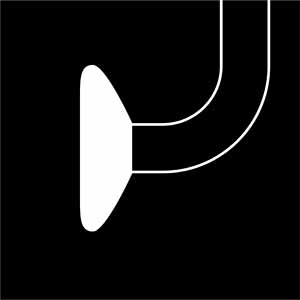 SP spokes
SP spokes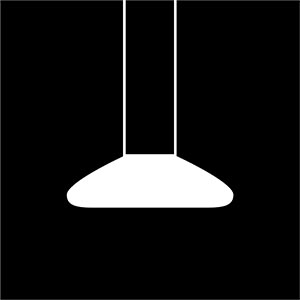
The first type of hub design consist into making a "high" flange where the bent head of the spokes hook. The second design sees its straight pull spokes anchoring into a "bulge".
We mostly use the "high" type of flange. This helps to get a more favorable hub geometry.
The lateral component of the spoke tension ratio left/right is better, giving a better spoke tension balance. This design also make a crash spoke replacement faster: the J-bent spokes are easy to find in any local bike shop.
Concerning the material, the straight pull spoke is supposed to be stronger, from a theoretical point of view due to the absence of bending. Actually, and statistically, we realized both designs are good as long as the wheel is correctly built.
NIPPLES
The rims and the spokes are connected with spokes and the nipple takes its seat in the rim. This connection is capital for the wheel endurance.
We have selected the best alloy nipples to fulfill this hard task. Their endurance, precision and their tensile resistance is extreme.
